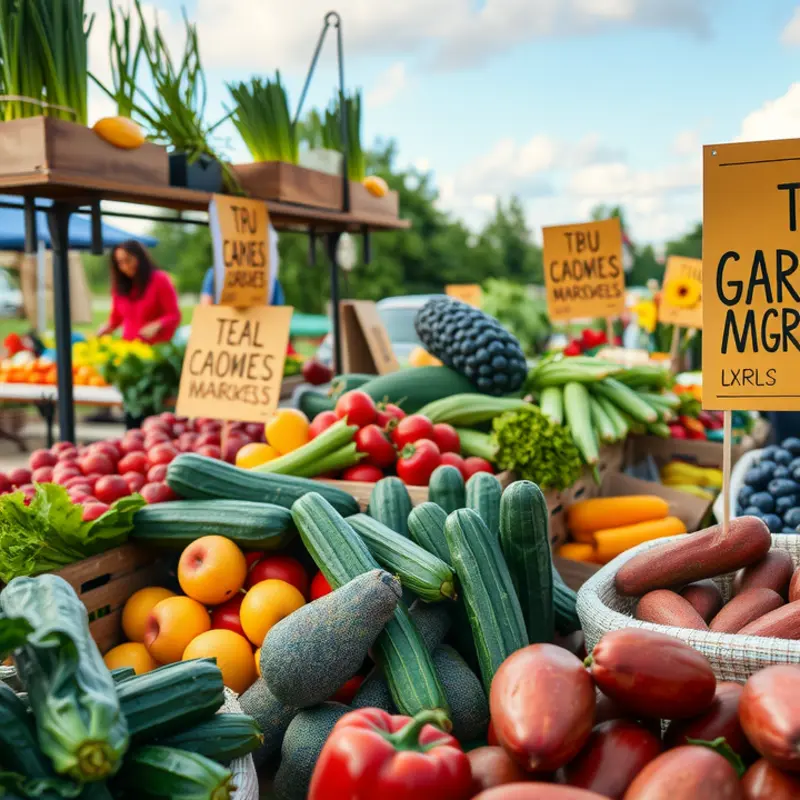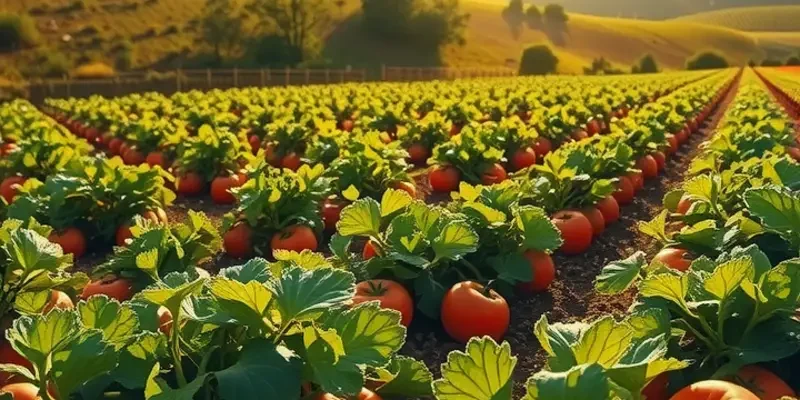Food choices have a profound impact on our planet. By minimizing food travel miles, not only can we reduce our carbon footprint, but we can also support local farmers and enjoy fresher, tastier produce. Choosing local over imported foods not only benefits the environment but also fortifies our communities. This journey toward sustainable eating involves understanding food sourcing, making informed decisions, and discovering the plethora of delicious options available right under our noses. Embrace local produce, support sustainable practices, and take pride in eating green.
Understanding Food Travel Miles

Food travel miles, often referred to as ‘food miles,’ measure the distance food travels from its source to your plate. This journey includes every leg of transportation from the farm, through processing facilities, to grocery shelves, and ultimately, to our homes. While these miles might seem like mere statistics, they play a crucial role in assessing the sustainability of our food systems.
Food transportation is a significant contributor to greenhouse gas emissions. The process involves burning fossil fuels, releasing carbon dioxide into our atmosphere, and contributing to climate change. Across the globe, the transportation of food accounts for approximately 6% of total greenhouse gas emissions. This figure highlights the hidden environmental costs tied to the distances our foods travel.
Beyond emissions, food travel miles impact resource consumption. Transporting food requires extensive energy for refrigeration and storage, contributing to resource depletion. It also raises the demand for non-renewable resources like oil. The ecological footprint of global food transportation extends further to include habitat disruption and air pollution.
Understanding the sustainability of our eating habits also involves evaluating our support for local agriculture. By choosing locally sourced foods, we reduce the travel distance, directly cutting down on energy consumption and emissions. Local foods often require fewer preservatives and refrigeration, thus conserving additional resources.
Moreover, supporting local agriculture fosters biodiversity and strengthens regional food resilience. It allows for the preservation of diverse species that thrive in local environments, supporting ecological balance. In contrast, large-scale farms typically focus on monocultures, which can lead to soil degradation and increased vulnerability to pests.
Sustainable eating not only bridges the gap between individual consumer choices and global environmental health but also reinforces our connection to local food traditions. Engaging with local food systems can bring about a revitalization of regional food culture, encouraging mindful and meaningful consumption practices.
In aligning choices with sustainable practices, consider exploring resources like eco-smart kitchen storage to conserve food quality and reduce waste. These approaches help in managing consumption patterns more effectively, contributing to a more sustainable lifestyle.
By being conscious of food travel miles and taking steps to minimize them, we make a significant impact on our environment. The recognition of this journey transforms the way we consider our food choices, driving us towards a future where sustainability and taste coexist harmoniously, nurturing both our bodies and the planet.
Practical Steps to Minimize Food Travel Miles

Reducing food travel miles begins at your local farmers’ market. These vibrant hubs are vital for accessing fresh, seasonal produce. By keeping your shopping routine local, you’re supporting farmers while cutting down the distance traveled by your food. Always check the labels; choose fruits and vegetables grown nearest to your home.
Home gardening is another powerful way to limit food miles. A personal plot, even small, can yield an impressive variety of produce. Start with easy-to-grow vegetables like tomatoes and herbs. This not only minimizes transport but also instills a deeper connection to your food. For those unable to garden at home, consider joining a community garden to share resources and knowledge.
When dining out, opt for eateries that prioritize farm-to-table practices. Such restaurants usually emphasize locally sourced ingredients, which helps bolster regional agriculture and decreases reliance on long-haul supply chains. Ask your server about the sourcing practices; this will help you make informed, earth-conscious dining choices.
Community-Supported Agriculture (CSA) programs offer a robust model for accessing regional produce. By subscribing to a CSA, you invest in local farms, gaining regular boxes of fruits and vegetables. This system reduces packaging and transport energy while providing fresh ingredients.
Identifying local suppliers is key to sustaining your eco-friendly journey. Research nearby farms or specialty markets that focus on locally sourced goods. Many community boards and regional websites list trusted suppliers for fresh dairy, meat, and produce.
An often overlooked aspect of reducing food miles is mitigating food waste. Plan meals wisely, buy only what you need, and be creative with leftovers. Storing food correctly can also minimize waste. For more tips on reducing cooking-related waste, check out these low-waste cooking prep techniques.
Buying seasonal produce is an effective strategy. Seasonal foods typically require less artificial manipulation and storage. They are ripened naturally, translating to enhanced flavors and nutritional benefits. Educating yourself on the produce calendar in your area can make this transition smoother.
By integrating these practices, you not only reduce your carbon footprint but also enrich your meals with freshness and flavor. Sustainability is as much about enjoying the journey as it is about the destination, and with these steps, every meal becomes an opportunity to support the environment.
Final words
Embracing the journey to minimize food travel miles is a significant step toward living an environmentally-conscious lifestyle. By opting for local produce, supporting farmers in your community, and making intentional choices in your diet, you contribute to reducing carbon emissions and fostering a more sustainable food system. This effort not only has the power to impact ecological health but also enhances the flavor and freshness of the food on your plate. Remember, each meal is an opportunity to make a positive impact—renew your commitment to sustainable eating today and savor the local flavors that nourish both your body and the planet.








